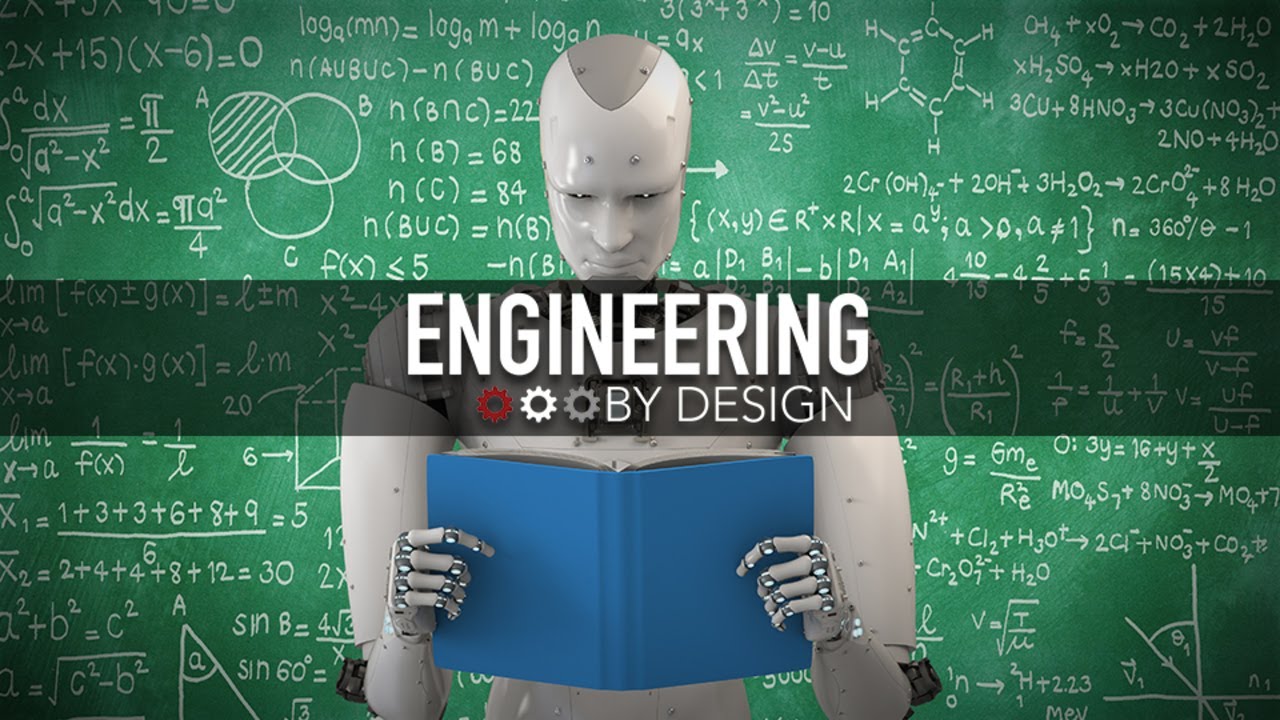IEN Magazine
We Need More Moon Dust
In May 2017, the European Space Agency announced that it was using heat from the sun to 3D print bricks made out of simulated moon dust. The idea was that these bricks could be the answer to building a future base on the moon and breaking a reliance on Earth-based supplies.
The Moon is covered with regolith, a grey, fine and rough dust that is not only abundant, but it can be crushed, burned and compressed. It could be used to build everything from roads to launch pads.
Right now, researchers are working with simulants. It’s a volcanic powder found on earth that is a decent match for moon dust. Officially, it’s called EAC-1, and researchers are using it in various preliminary studies. But it’s just not the same.
The only solution? It’s time to go back to the moon.
According to Erin Tranfield, a member of the ESA’s lunar dust team, we need new samples of moon dust to better understand how we can use it.
If we’re looking for volunteers, Tranfield is ready and willing. She dreams of being the first woman on the moon, and I think she should have a chance.
Making Explosive Disposal Robots Stand Up on Their Own
New work from the U.S. Army Research Lab and the John Hopkins Applied Physics Lab has led to the development of a new software that makes sure that fallen robots can get back on their feet. The idea is that future military robots should be able to get up on their own, from any position, without a human helper.
Researchers at the Aberdeen Proving Ground in Maryland are working on the Advanced Explosive Ordnance Disposal Robotic System (AEODRS), a new family of EOD robotic systems. The robots are designed to be a lightweight and backpackable platform, and are expected to move into production later this year. They also need to be capable of self-righting.
The AEODRS systems have eight degrees of freedom. So far, they have only determined that it can right itself on level ground no matter how it falls over. You see, with every degree of freedom that they robot has, the software adds exponentially more scenarios that it has to analyze.
A lot of additional work remains, especially if the Army and Navy want robots that can self-right on any surface that, you know, isn’t flat, but it’s all in an effort to make robots less reliant on human counterparts.
Raytheon Makes A.I. Show Its Work
Now that we’re making robots less reliant on humans, we need to know how and why they did the things that they have done. So, Raytheon is building a system that lets artificial intelligence explain itself. The project is a first-of-its-kind neural network developed under DARPA’s Explainable Artificial Intelligence program (XAI).
Raytheon BBN Technologies is working on a suite of machine learning techniques that will help humans understand, trust and manage the next generation of artificially intelligent partners.
The Explainable Question Answering System (EQUAS) will allow AI programs to ‘show their work’. Basically, why did you do it, and how did you do it.
For example, the system could help determine why AI made certain decisions, like ‘why did the killer robot, kill’? Really, it would be useful in industrial operations and the medical field. Such as, ‘why the AI diagnosed the patient with cancer’? Or, ‘why did it shut down the line’?
In the future, EQUAS will be also be able to monitor itself as well as variables that limit its abilities. That means that it will not only help us understand it, trust it, and manage it, but it’s also going to tell us how to make it better.
According to Raytheon, this self-monitoring capability will help developers refine AI systems, but what’s to stop it from understanding that it can make these changes more efficiently and without human error?
This is Engineering By Design.
Source



